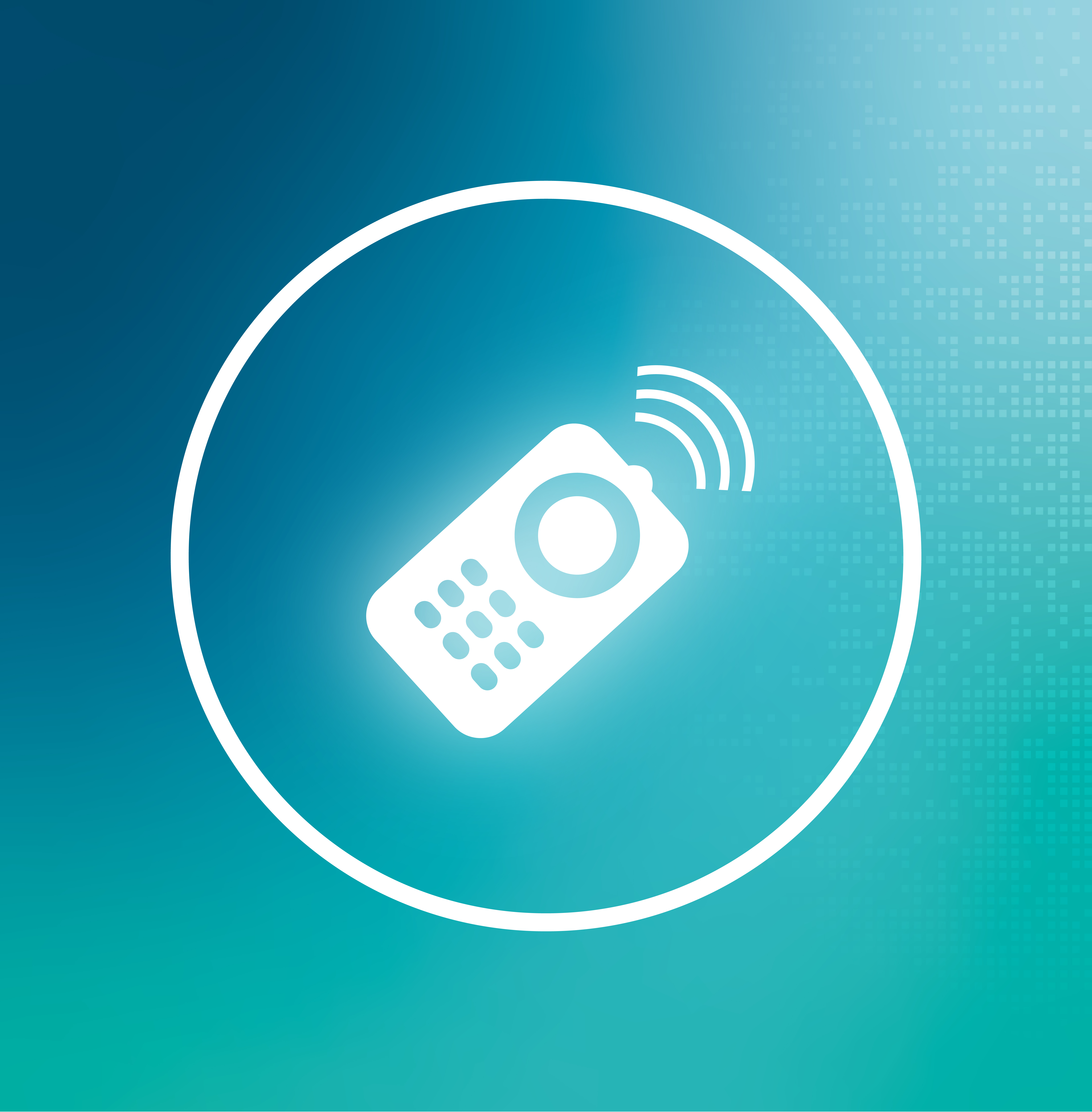Better Quality of Life Through Sensor Technologies

Buildings and structures should be safe, energy-efficient and comfortable. These demands can be met using modern automation technologies. However, the use of the appropriate solutions also calls for a separate infrastructure which must already be taken into account at the beginning of planning. The Building Innovation Alliance's research and development activities in the business unit "Smart Building" let the unit function as a liaison between architects and building infrastructure experts.
Microprocessors on the Rise
In the area of building automation microprocessors are increasingly replacing classic analog regulation and control technologies with integrated control and monitoring systems featuring significantly larger functional ranges. Although the advantages clearly outweigh the drawbacks, the use of automation technologies is still not possible everywhere due to the associated higher investments and the relatively high level of planning requirements faced by construction principles. Proactive planning in cooperation with all the parties involved in construction can prevent the need for an expensive and complicated upgrade at a later time. When renovating for energy efficiency, the necessary power and network connections can be realized with only a minimum of effort.
Cutting Energy Consumption
The objective of building automation is to improve a structure's building physics properties through comprehensive control concepts and with the use of appropriate technologies. Intelligent control and monitoring of infrastructure technologies saves money and energy. Automated solutions that regulate heating, air conditioning and lighting on a need-driven basis are already in widespread use. Particularly high energy-efficiency is found in intelligent ventilation and shading solutions. Combined with window monitoring systems, they can save up to ten percent of the energy used for heating and cooling.
New Application Areas
Miniaturized sensor technologies continue to generate new application areas in building automation, e.g. for building monitoring. There are also frequent new developments in the assistance system market segment that prolong the independent, safe and comfortable lives of older persons and those needing care. Smart solutions for the areas Entertainment, Safety and Comfort also promise great market potential. The combination of innovative construction materials with microelectronic components can also open up new possibilities in the construction industry.
 Fraunhofer Building Innovation Alliance
Fraunhofer Building Innovation Alliance